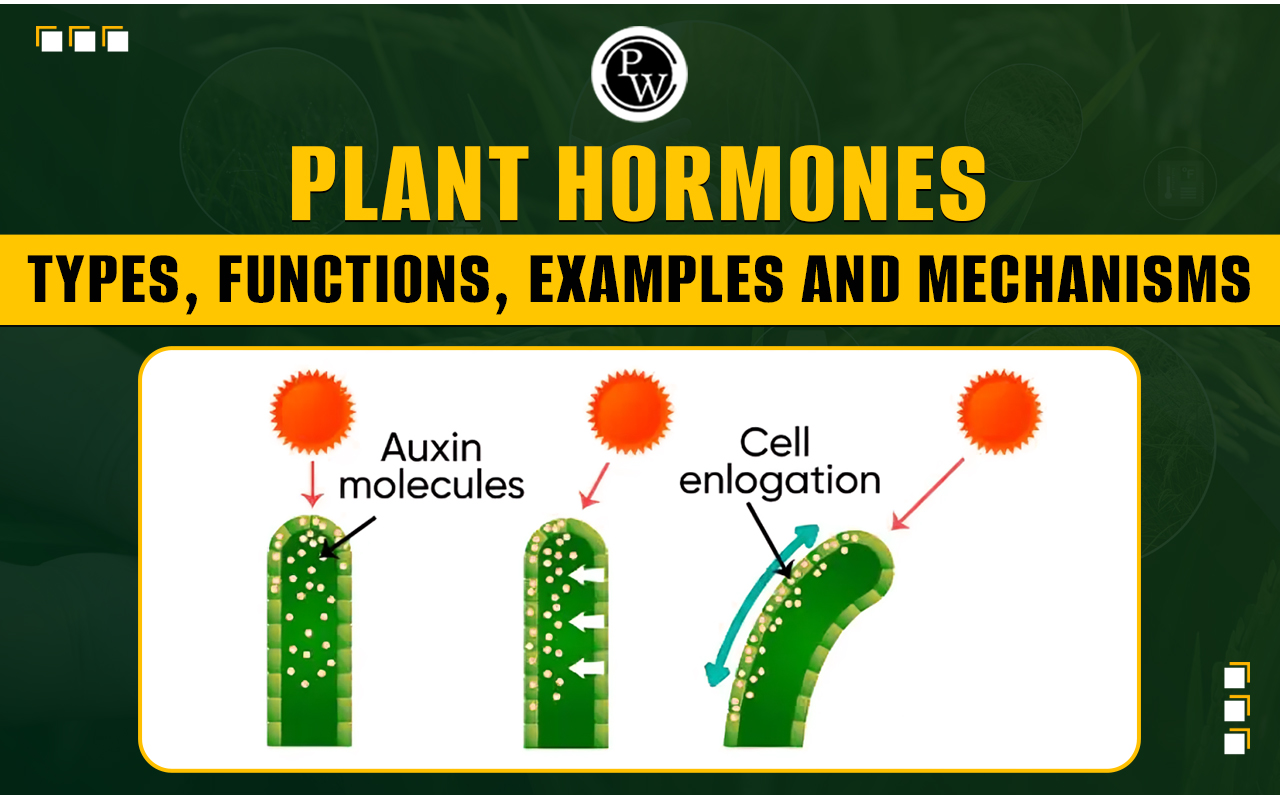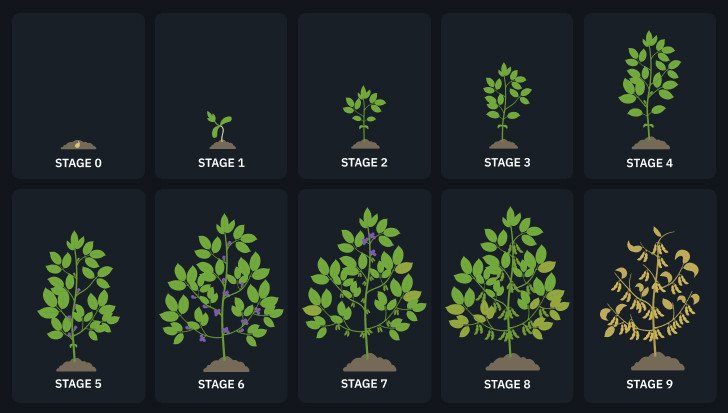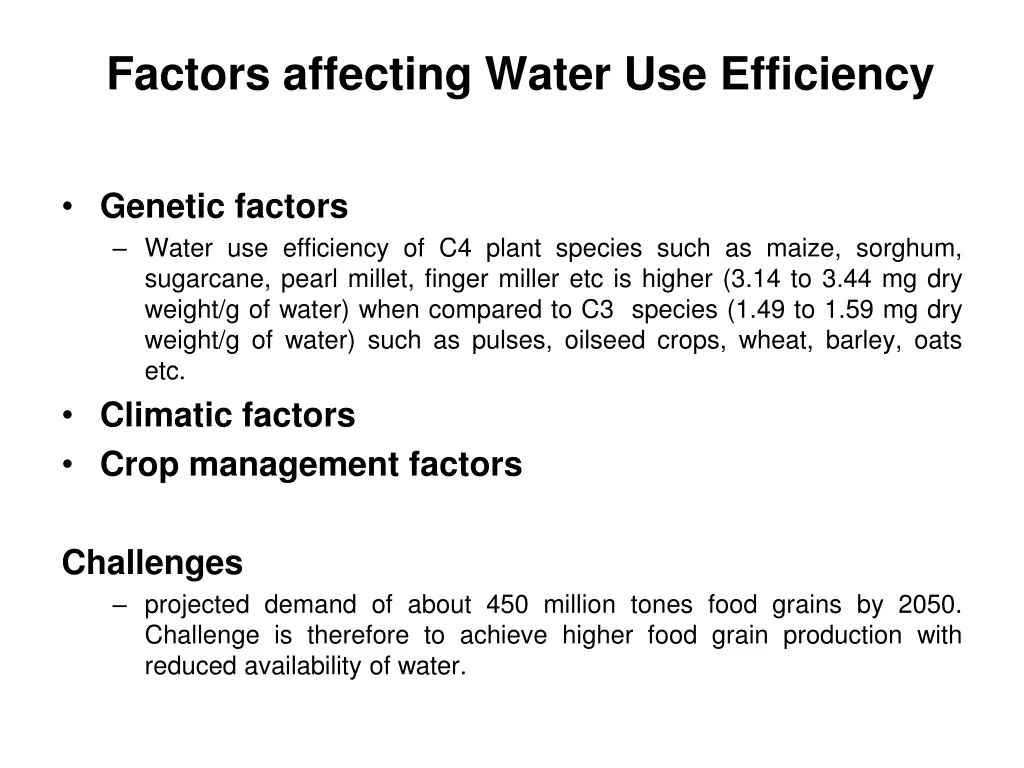
Unveiling the Secrets of Plant Dormancy: A Deep Dive into Research and Its Implications
The world of plants is a realm of astonishing resilience and adaptability. From the towering redwood forests to the delicate blooms of alpine flowers, plants have mastered the art of survival in a vast array of environments. One of the most fascinating strategies they employ is dormancy, a period of suspended growth that allows them to endure unfavorable conditions. Understanding plant dormancy research is crucial, not just for botanists and agricultural scientists, but for anyone interested in the intricate workings of the natural world and the future of food security. This article delves deep into the science of dormancy, exploring the latest research, its implications, and the exciting possibilities it holds for the future.
What is Plant Dormancy? A Biological Overview
At its core, plant dormancy is a state of reduced metabolic activity and suspended growth. Think of it as a plant hitting the pause button on its life cycle. This isn’t just a simple slowing down; it’s a complex physiological process that involves intricate biochemical and molecular changes. Dormancy allows plants to conserve energy and resources, protecting them from environmental stressors like freezing temperatures, drought, or lack of light. It’s a survival mechanism honed over millions of years of evolution.
There are different types of dormancy, each with its own unique characteristics and triggers:
- Quiescence: This is a state of dormancy where growth is temporarily halted due to unfavorable environmental conditions. For example, a seed that doesn’t germinate because there’s no water is in quiescence. Growth resumes quickly when conditions improve.
- Dormancy (Strict Sense): This is a deeper level of dormancy, often triggered by internal factors as well as external ones. It involves specific physiological changes, and growth won’t resume even if the external environment becomes favorable immediately. This is often seen in seeds that need a period of cold stratification (exposure to cold temperatures) before they can germinate.
- Endodormancy (True Dormancy): This is enforced by internal physiological blocks and is often tied to seasonal changes. Plants in endodormancy won’t grow even if conditions are perfect until their internal requirements are met. This is common in temperate trees that require a certain amount of chilling hours to break dormancy in the spring.
- Ecodormancy: This is dormancy imposed by unfavorable environmental conditions. The plant isn’t inherently dormant, but the environment prevents growth.
The specific type of dormancy a plant enters depends on its species, its environment, and the timing of its life cycle. Understanding these nuances is critical for researchers seeking to manipulate dormancy for agricultural purposes.
The Triggers of Dormancy: Decoding Environmental Cues
Plants are incredibly sensitive to their surroundings. They constantly monitor environmental cues, using these signals to determine when to enter and exit dormancy. The primary triggers for dormancy include:
- Temperature: Falling temperatures, especially in temperate regions, are a major trigger for dormancy. As temperatures drop, plants detect changes in the environment and initiate the physiological processes that lead to dormancy. The chilling requirement for breaking dormancy in many species is a direct response to this.
- Photoperiod: The length of daylight (photoperiod) also plays a crucial role. As the days get shorter in the fall, plants sense the change and prepare for dormancy. This is particularly important for deciduous trees that shed their leaves in response to shorter days.
- Water Availability: Water stress, such as drought, can also trigger dormancy, especially in seeds and plants in arid environments. Conserving water is essential for survival, and dormancy helps plants to ride out periods of scarcity.
- Nutrient Availability: Changes in nutrient levels in the soil can also influence dormancy. For example, a decline in available nutrients might signal unfavorable conditions and trigger dormancy in some species.
These environmental cues are sensed by the plant through specialized receptors and signaling pathways. The plant then initiates a cascade of biochemical and molecular changes that lead to dormancy. This is a complex interplay of hormones, genes, and metabolic processes.
The Molecular Mechanisms of Dormancy: A Deep Dive into Plant Biology
The molecular mechanisms underlying dormancy are incredibly complex and are still being actively researched. Scientists are working to unravel the intricate network of genes, proteins, and hormones that control this process. Here are some key players:
- Hormones: Plant hormones play a crucial role in regulating dormancy. Abscisic acid (ABA) is a key dormancy-promoting hormone, while gibberellins (GAs) are often associated with breaking dormancy. The balance between these and other hormones is critical for controlling the transition between active growth and dormancy.
- Genes: Numerous genes are involved in dormancy regulation. Some genes are activated during dormancy, while others are suppressed. These genes control various aspects of the dormancy process, including the production of protective proteins, the regulation of metabolic activity, and the response to environmental cues.
- Proteins: Various proteins are involved in dormancy, including those that protect cells from damage during freezing, drought, or other stresses. These proteins help to maintain cellular integrity and ensure the plant can survive during dormancy.
- Metabolic Changes: During dormancy, the plant’s metabolism slows down dramatically. The production of new proteins and other molecules is reduced, and the plant focuses on conserving energy. This involves changes in the activity of enzymes and the regulation of various metabolic pathways.
Researchers use a variety of techniques to study the molecular mechanisms of dormancy, including gene expression analysis, proteomics, and metabolomics. These techniques help them to identify the key genes, proteins, and metabolic pathways involved in dormancy regulation.
Research Methods in Plant Dormancy: Uncovering the Secrets
Unraveling the mysteries of plant dormancy requires a diverse toolkit of research methods. Scientists employ a range of techniques, each offering a unique perspective on the process. Here’s a glimpse into some of the key methodologies:
- Genetic Analysis: This involves identifying and studying the genes involved in dormancy. Researchers use techniques like gene sequencing, gene expression analysis (measuring how much of a gene is active), and gene editing (e.g., CRISPR-Cas9) to understand the role of specific genes.
- Physiological Studies: These studies focus on the physical and chemical processes within the plant. Researchers might measure hormone levels, assess changes in metabolic activity, or analyze the plant’s response to environmental stimuli.
- Environmental Manipulation: Controlled experiments are conducted where researchers manipulate environmental factors like temperature, light, and water availability to observe their effects on dormancy.
- Microscopy: Advanced microscopy techniques allow scientists to visualize the cellular and structural changes that occur during dormancy. This helps to understand how cells and tissues are protected from damage.
- Omics Technologies: These cutting-edge technologies are revolutionizing dormancy research. Genomics (studying the complete set of genes), proteomics (studying proteins), and metabolomics (studying metabolites) provide comprehensive insights into the molecular mechanisms of dormancy.
By combining these methods, researchers are gaining a deeper understanding of the complex processes that govern plant dormancy. This knowledge is crucial for developing strategies to manipulate dormancy for agricultural and horticultural purposes.
The Significance of Dormancy Research: Why It Matters
Research into plant dormancy is not just an academic pursuit; it has profound implications for agriculture, horticulture, and our understanding of the natural world. Here’s why this research is so important:
- Improving Crop Production: Understanding dormancy can help farmers optimize planting times, extend growing seasons, and improve crop yields. For example, researchers can develop strategies to break dormancy in certain crops earlier in the spring, allowing for earlier harvests.
- Adapting to Climate Change: Climate change is altering environmental conditions, including temperature and rainfall patterns. Dormancy research can help us understand how plants will respond to these changes and develop strategies to help crops adapt.
- Enhancing Food Security: By improving crop yields and adapting to changing environmental conditions, dormancy research contributes to global food security.
- Understanding Plant Evolution: Studying dormancy helps us understand how plants have evolved to survive in diverse environments. This knowledge can inform conservation efforts and help us protect endangered plant species.
- Developing Sustainable Agriculture: Dormancy research can contribute to the development of more sustainable agricultural practices by helping us to use resources more efficiently and reduce the need for pesticides and herbicides.
The benefits of dormancy research extend far beyond the laboratory, impacting our lives in tangible ways.
Applications of Dormancy Research: Practical Implications
The knowledge gained from dormancy research has a wide range of practical applications across various fields. Here are some key examples:
- Agriculture:
- Crop Improvement: Researchers can use their knowledge of dormancy to develop crop varieties with improved dormancy characteristics. This could mean crops that break dormancy earlier, allowing for a longer growing season, or crops that are more resistant to late frosts.
- Orchard Management: Dormancy research is crucial for managing fruit trees. Understanding the chilling requirements of different fruit tree varieties allows farmers to optimize pruning and other management practices to maximize fruit production.
- Seed Storage: Dormancy research is used to develop better seed storage techniques, ensuring that seeds remain viable for longer periods.
- Horticulture:
- Ornamental Plants: Dormancy research helps horticulturists to understand the dormancy requirements of ornamental plants. This knowledge is used to optimize the timing of planting, pruning, and other horticultural practices.
- Greenhouse Production: Researchers use dormancy knowledge to control the growth cycles of plants in greenhouses, allowing for year-round production of certain crops.
- Forestry:
- Reforestation: Dormancy research is important for reforestation efforts. Understanding the dormancy requirements of tree species helps foresters to select the right species for a particular environment and to ensure successful planting.
- Climate Change Adaptation:
- Developing Climate-Resilient Crops: Dormancy research can contribute to the development of crops that are better able to withstand the effects of climate change, such as changing temperature patterns and increased drought.
These are just a few examples of the practical applications of dormancy research. As our understanding of dormancy grows, we can expect to see even more innovative applications in the future.
Challenges and Future Directions in Dormancy Research
While significant progress has been made in understanding plant dormancy, there are still many challenges and exciting avenues for future research. Here are some of the key areas of focus:
- Unraveling the Complexity of Dormancy: Dormancy is a complex process involving many genes, proteins, and hormones. Researchers are working to unravel the intricate network of interactions that control dormancy.
- Understanding the Role of Environmental Interactions: Plants interact with their environment in complex ways. Researchers are studying how environmental factors, such as temperature, light, and water availability, interact to influence dormancy.
- Developing New Technologies: New technologies, such as advanced imaging techniques and “omics” approaches, are being used to study dormancy in greater detail.
- Applying Dormancy Research to Climate Change Adaptation: Researchers are working to develop crops that are better able to withstand the effects of climate change, such as changing temperature patterns and increased drought.
- Improving Crop Yields: Understanding dormancy can help farmers optimize planting times, extend growing seasons, and improve crop yields.
The future of dormancy research is bright. With continued investment and innovation, we can expect to see even more breakthroughs in this fascinating field.
Conclusion: The Enduring Mystery and Promise of Plant Dormancy
Plant dormancy is a remarkable adaptation that allows plants to survive and thrive in a wide range of environments. From the molecular mechanisms that control dormancy to the environmental cues that trigger it, the science of dormancy is a complex and fascinating field. Research into plant dormancy has far-reaching implications, impacting agriculture, horticulture, forestry, and our understanding of the natural world.
As we continue to explore the secrets of plant dormancy, we can expect to see even more breakthroughs in the years to come. This research holds the promise of improved crop production, enhanced food security, and a deeper appreciation for the amazing resilience and adaptability of the plant kingdom. The journey of understanding plant dormancy is ongoing, and the discoveries yet to be made will undoubtedly shape the future of food production and our relationship with the natural world.


